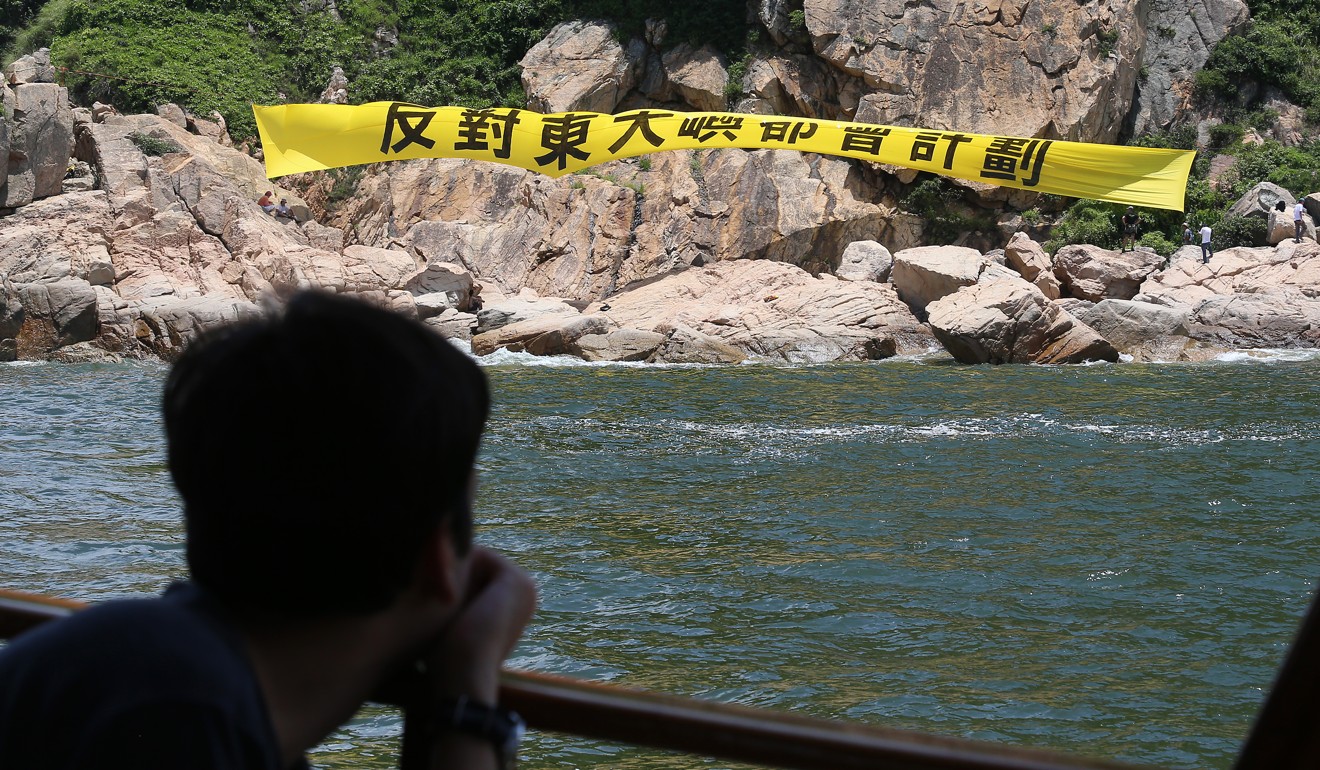
Can Hong Kong follow Macau and Singapore in reclaiming land for housing?
Ken Chu says shunning reclamation outright when other modern cities have been built on such land gets Hong Kong nowhere – but there should be a balance between conservation and development for an optimal housing solution
When it comes to finding new land in Hong Kong, there is no shortage of options. It has been proposed that the outskirts of our country parks, which account for over 40 per cent of our total land area, be developed for housing. Two scholars recently suggested reclaiming the massive 1,200-hectare Plover Cove Reservoir in Tai Po to build flats. Professionals have also floated the idea of building flats at the Kwai Chung container port.
Our Hong Kong Foundation expanded this idea by proposing reclaiming land to create an artificial island to the south of Cheung Chau, and relocating the port’s logistics services and associated brownfield sites there.
Mass reclamation appears to be an efficient and logical solution to Hong Kong’s acute land shortage. Many countries around the world have used reclamation to increase their land, Singapore and the Netherlands being two salient examples.
Can reclamation resolve Hong Kong’s housing problem?
Singapore has grown by around 25 per cent through aggressive reclamation since gaining independence in 1965, according to some studies.
Neighbouring cities, including Shenzhen and Macau, have undertaken massive reclamation for residential development since the early 2000s, yet Hong Kong has undertaken virtually none in that time.
It is faster and more efficient to reclaim land, rather than develop brownfields or built-upon areas
Between 2005 and 2013, only 92 hectares of land were reclaimed, compared with 1,164 hectares between 1985 and 1994, according to Our Hong Kong Foundation.
These statistics also reveal that reclamation was commonplace in Hong Kong before the new millennium. Most of the land on which many of the existing new towns such as Sha Tin, Tuen Mun and Tseung Kwan O stand, is reclaimed, as is the site of the Hong Kong International Airport.
Without a doubt, it is faster and more efficient to reclaim land, rather than develop brownfields or already built-upon areas, given that the legal process of land resumption is not only controversial but lengthy.
Besides, redeveloping built-up areas very often involves demolishing old residential buildings. If we have to tear these down, we have to find new land and flats for the affected residents first.
Why a fight is raging over a proposal to build homes in Hong Kong’s country parks
However, since pressure from the perennial acute shortage of land appears to have reached a tipping point, we have to do our utmost to strike a balance between conservation and development.
Of course, reclamation is just one of the ways to solve Hong Kong’s land supply problem, and there are plenty of others to consider.

Affordable homes to be focus of Hong Kong housing policy, Carrie Lam vows
If, for example, we redefine the land shortage problem as a space issue, we might think more in three-dimensional terms, and so, instead of creating “flat” land, we could broaden the scope to create more space vertically.
One young entrepreneur at a start-up in Hong Kong has proposed using vacant shipping containers and stacking them to establish a kind of Lego-type building to create co-working and living spaces.
Dr Ken Chu is group chairman and CEO of the Mission Hills Group and a National Committee member of the Chinese People’s Political Consultative Conference

